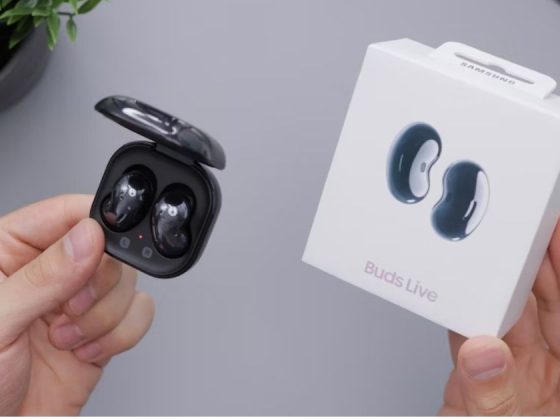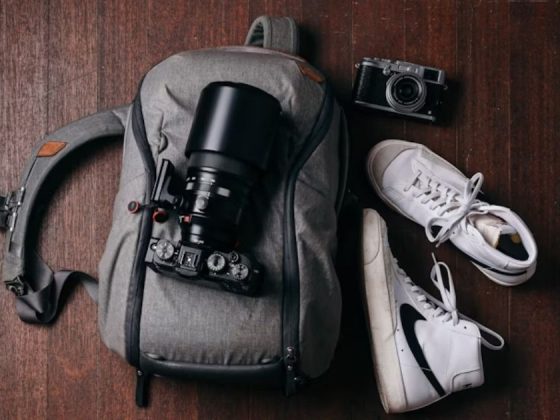Ever wished you could draw in thin air and have your creation come to life? No, it’s not a spell from Hogwarts. It’s real, it’s here, and it’s called a 3D printing pen. Whether you’re a DIY enthusiast, a hobby crafter, or someone who breaks things to have an excuse to fix them creatively, this nifty tool might be your new obsession.
Forget flat sketches or clunky prototypes. A 3D printing pen is like wielding a miniature 3D printer in your hand—no blueprints, no tech headaches, just pure, molten creativity.
What Is a 3D Printing Pen?
Think of it as a magic wand for your imagination.
At first glance, a 3D printing pen might look like an oversized marker or a futuristic glue gun—but don’t let its humble appearance fool you. This compact device functions like a miniature 3D printer, enabling creations to be drawn directly in three dimensions. Instead of ink, it uses plastic filament—typically PLA (plant-based and low-odour) or ABS (more durable but with a higher melting point). The filament is heated inside the pen and then extruded through a fine nozzle, hardening almost instantly when it hits the air. The result? You can draw shapes that rise off the page, build small sculptures from scratch, or even repair plastic objects.
Modern 3D printing pens are far from one-dimensional tools. Many feature adjustable settings for temperature and speed, allowing precise control over how the plastic flows. Interchangeable nozzles make it possible to switch between broad strokes and fine details, similar to swapping brushes in painting. Some models include LED screens that show real-time information on temperature and filament levels. Options range from plug-in pens for uninterrupted use to rechargeable versions for on-the-go creativity, making them suitable for everyone—from kids and crafters to designers and hobbyists prototyping on the fly.
Why Everyone’s Talking About 3D Pens
3D printing pens may seem like novelty toys at first glance, but don’t let their playful vibe fool you—they’re versatile, powerful, and surprisingly practical. Whether you’re a weekend crafter, an art student, an educator, or even a product designer, these pens open up a world of possibilities. Here’s a closer look at what makes them truly transformative:
1. Creative Freedom
A regular pen lets you sketch on paper. A 3D printing pen lets you sketch in space. Flat surfaces do not bind you. Your designs can twist, spiral, rise, and evolve in real-time. From sculpting freestanding wireframes to building miniatures, jewelry, home decor, cosplay props, or even abstract 3D art, the sky’s the limit. Looking to add a raised monogram to a gift box for a personal touch? Create your holiday ornaments from scratch? Customize a phone stand with your initials? With a 3D pen, your imagination is the only blueprint you need.
2. Practical Fixes
Glue works—sometimes. A 3D printing pen takes repairs further by creating material where none existed before. Cracked plastic toys, missing backpack buttons, broken headphone clips—repairs can be drawn directly onto the damaged area. Especially useful for hard-to-replace parts that are unavailable or not worth purchasing, it also allows patching, bonding, and reinforcing prototypes using the same material as the original print.
3. Educational Fun
For teachers and students, especially in STEM and design subjects, 3D pens offer a hands-on, visual learning experience. Want to teach geometry by drawing pyramids and prisms that students can hold? Studying architectural structures? With a 3D pen, learners can build and tweak models, gaining a deeper understanding of form and function in real space. It brings abstract concepts into the physical world, helping visual learners connect the dots. It’s also great for younger students in art or design programs, turning lessons into interactive experiences instead of passive lectures.
4. Stress Relief
Let’s be honest—something is soothing about melting plastic. No, really. The gentle hum of the pen, the slow and steady extrusion, and the focus required to shape something by hand create a deeply calming, almost meditative effect. Whether you’re building intricate patterns or doodling aimlessly in 3D space, it’s an oddly satisfying experience that gives your hands something to do and your brain a chance to relax. Think of it as the adult version of colouring—creative, stress-relieving, and slightly addictive (in a good way).
5. No Software Required
One of the biggest barriers to 3D printing is the tech setup—modelling software, file formats, slicing programs, calibration… It’s a lot. But with a 3D printing pen, there’s no steep learning curve. You don’t need to be a CAD expert or understand digital modelling. You plug in the pen, load a filament, adjust the temperature (if needed), and start drawing. It’s perfect for people who want the tactile fun of 3D creation without needing to sit through hours of tutorials. Plus, it’s immediate—you get to see the results of your work unfold in real time, no wait time required.
In short, 3D printing pens aren’t just for arts and crafts—they’re creative tools, educational devices, repair kits, and relaxation aids all rolled into one. Whether you’re creating, fixing, teaching, or just exploring your imagination, this little device makes it all wonderfully hands-on.
The Best Uses for a 3D Printing Pen
A 3D printing pen proves its value quickly. Far from being just a gadget for flashy doodles, it serves as a versatile creative tool capable of crafting, prototyping, illustrating complex concepts, and handling everyday repairs. Different users are putting melted filament to work in surprisingly inventive ways:
Art and Sculpture
For artists and sculptors, a 3D pen acts as a direct channel for imagination. Wireframe models, miniature sculptures, or abstract forms can be built that literally rise off the surface. It pairs well with mixed media—plastic designs can merge with paper, fabric, or found objects to produce unique creations. From recreating iconic landmarks in three dimensions to freeform gallery pieces, the pen allows drawing directly into space with complete creative freedom.
Crafts and Gifts
Looking to make something heartfelt, handmade, and totally personalized? 3D pens are perfect for crafting custom jewelry, holiday ornaments, keychains, and even pop-up greeting cards with raised lettering or decorative flourishes. You can decorate gift boxes with 3D embellishments or design tags with intricate patterns. These projects don’t just look great—they add a handmade touch that store-bought gifts can’t match.
DIY Repairs
Lost the knob on your air fryer? Cracked a plastic toy? Snapped the corner off your phone case? Instead of tossing it or hunting for a replacement, use your 3D pen to draw a fix directly onto the broken part. ABS filament is especially good for repairs thanks to its strength and durability. It’s like having a mini repair shop in your hand—quick fixes without the wait.
Teaching Tools
For educators, 3D pens are a dream come true. You can use them to visualize math and science concepts like geometric solids, DNA structures, or even topographic layers. History teachers can recreate ancient architecture; biology students can build 3D models of cells. It’s especially useful for visual and tactile learners who benefit from hands-on learning. Plus, they make classroom activities way more fun and engaging.
Prototyping
3D pens offer designers, engineers, and product developers a way to create rapid prototypes without needing a full-scale 3D printer. Sketch out a rough model of a product idea in minutes, test spatial relationships, or make mockups to communicate design concepts more clearly. It’s an excellent way to explore physical ideas without needing CAD software or expensive equipment—grab your pen and build.
Pro Tip: For beginners, a small tool delivers big results.
Top 3D Printing Pens to Consider in 2025
1. 3Doodler Create+
Pros: Boasts a sleek, modern design that feels comfortable in hand, making it approachable even for first-time users. Compatible with multiple filament types, it opens up a variety of creative possibilities, from simple doodles to more intricate projects.
Best For: Hobbyists looking for a reliable tool to explore 3D drawing, as well as educators who want a hands-on way to teach design and spatial concepts.
2. MYNT3D Professional Pen
Pros: Offers adjustable temperature settings and an OLED display for precise control over filament flow. The precision tip allows for detailed work, ideal for fine lines, intricate models, or prototypes that demand accuracy.
Best For: Designers, architects, and detail-oriented crafters who need a professional-grade tool to bring complex ideas to life.
3. SCRIB3D Advanced Pen
Pros: Combines affordability with user-friendly, intuitive controls. The fast heat-up feature ensures minimal wait time, so creativity isn’t interrupted.
Best For: Kids, beginners, or curious tinkerers who want to experiment with 3D printing without breaking the bank or dealing with a steep learning curve.
Bonus tip: Look for pens with an ergonomic grip if you plan on using them for long periods.
Bring Your Ideas to Life: 3D Printing Made Fun.
The 3D printing pen is like a Swiss Army knife for creators. It brings art, utility, and innovation into the palm of your hand. Whether you’re fixing a cracked phone case, personalizing your gear, or building an abstract sculpture just because, this tool lets your creativity take shape.
Ready to upgrade your toolkit? Find the 3D printing pen that suits your style and start drawing in dimensions you never imagined. Because why stay two-dimensional when you can literally think outside the lines?





